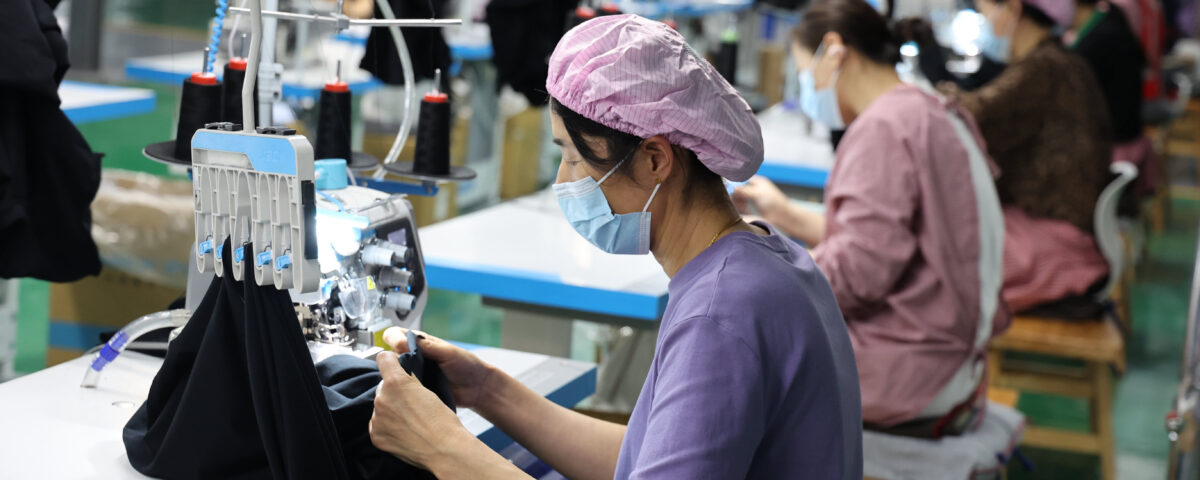
USDA Withdraws Critical Salmonella Regulation: Consequences for Poultry Safety
Tháng 4 28, 2025Navigating Currency Dynamics: Insights from Recent U.S.-Japan Discussions
Tháng 4 28, 2025Impact of U.S. Tariff Hikes on Chinese Factories and Shifts in Manufacturing Strategies
The recent escalation of tariffs by the United States has triggered significant changes in the operations of Chinese factories. With the imposition of average tariff hikes of 145% on Chinese goods, many manufacturers are feeling the pressure to adapt or face dire consequences for their businesses. As a result, an increasing number of Chinese exporters are halting production or seeking alternative markets to mitigate losses. This blog explores the ramifications of these heightened tariffs and the evolving landscape of global trade and manufacturing.
The Ripple Effect of Tariff Increases
One of the most notable impacts of these tariffs is the decision by some Chinese manufacturers to relocate production directly to the U.S. This strategic move allows them to sidestep the steep tariffs imposed on goods imported from China. A prime example is Ryan Zhou, a producer of custom mugs and T-shirts, who has made a swift leap to establish a factory in Dallas. Zhou’s business model relied heavily on U.S. sales—approximately 95% of his market—making it imperative to maintain a presence in America without incurring punitive tariffs. The recent scrapping of the “de minimis” rule, which previously allowed low-value shipments to enter duty-free, has further complicated matters, now resulting in tariffs for these shipments reaching as high as 90%. Such dramatic increases have compromised profit margins and forced many manufacturers to reassess their operational strategies.
Consequences of the Tariff War: A New Manufacturing Landscape
Since the inauguration of President Donald Trump in early 2025, the trade relationship between the U.S. and China has plunged into one of the most aggressive tariff conflicts observed since the 1930s. In retaliation for the U.S. tariffs, China has enacted its tariffs of 125% on American imports. This escalating trade war is reshaping global supply chains, driving companies to rethink their sourcing and production strategies. Those who fail to adapt may find themselves out of the American market entirely. The pressure has led to a recalibration of priorities, with many Chinese factories halting or significantly reducing production levels as they seek to either relocate manufacturing to the U.S. or develop strategies to access new markets less impacted by these tariffs.
With shifting trade policies, businesses are actively optimizing their supply chains by exploring different manufacturing locations. As Chinese companies reassess their approaches, we expect to see more collaboration between U.S. manufacturers and their Chinese counterparts, fostering a new environment of trade that supports mutual growth. A recent blog discusses China’s efforts to address escalating U.S.-China trade tensions and the commitment highlighted by President Xi Jinping, showcasing the nation’s strategy to remain a key player in global trade despite these challenges. Read more here.
Conclusion: Moving Forward Amidst Challenges
In summary, the U.S.-China trade tensions have catalyzed substantial shifts in manufacturing practices, forcing Chinese factories to rethink their operational strategies. The halt in production and the migration of businesses to the U.S. underscore the urgency of adapting to new economic realities. Manufacturers must now navigate a landscape defined by rising costs and evolving supply chain challenges while simultaneously seeking innovative ways to sustain their businesses. As the global economy continues to adjust to these changes, it remains to be seen how effectively manufacturers can respond to these challenges while still capitalizing on market opportunities.

